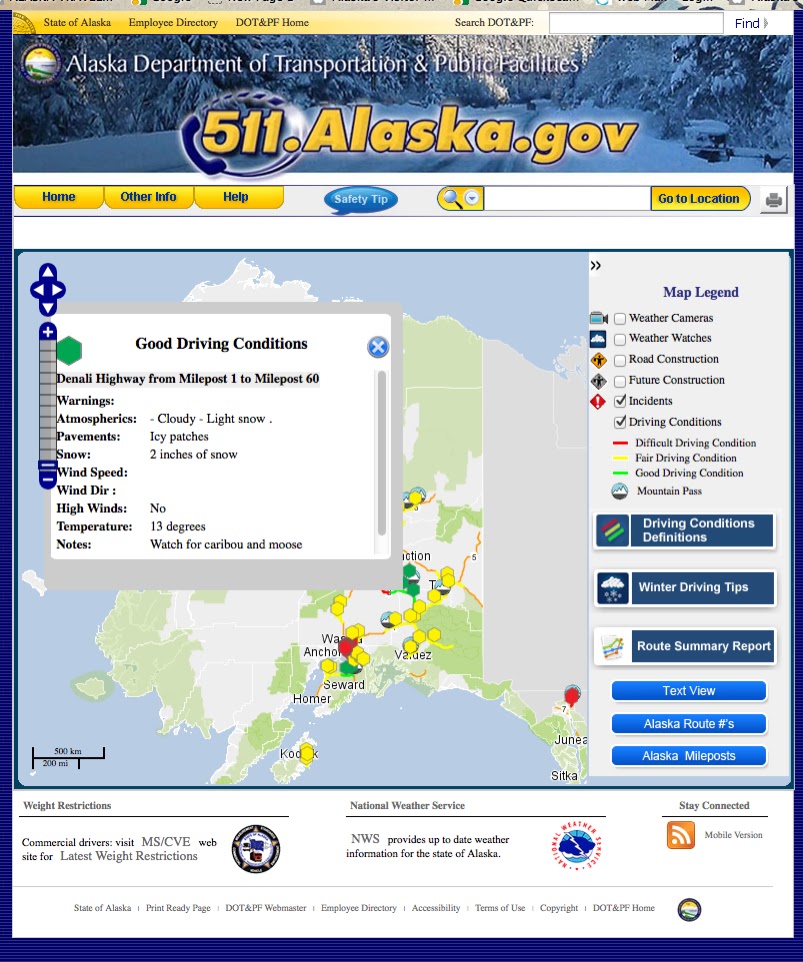What Would The Copper Valley Have To Do To Get A New Water Well?
The Journal Asked Sam Dapcevich Of DEC About What It Would Take To Install A New Water Well COUNTRY JOURNAL QUESTION-AND-ANSWER Gulkana ...
The Journal Asked Sam Dapcevich Of DEC About What It Would Take To Install A New Water Well
COUNTRY JOURNAL QUESTION-AND-ANSWER
What if local people wanted to start a public water well like Trapper Creek did? How could you help?
In general, developing a new public water system requires a few key pieces:
- An organization that is willing and able to operate and maintain the system,
- An identified water source, and
- Land on which to develop the facilities.
Construction of a public water system also requires engineering plans that must be prepared and stamped by a licensed Professional Engineer, and those plans must be reviewed and approved by DEC’s Drinking Water Program.
DEC has two programs that may be able to assist communities interested in pursuing this kind of project: Village Safe Water (VSW) and the State Revolving Fund (SRF) program. In both cases, there must be an eligible entity that is committed to operating and maintaining the system in compliance with drinking water regulations.
- Village Safe Water (VSW): Eligible entities are defined in Alaska Statute (AS 46.07) and include second class cities, first class cities, and home rule municipalities with populations under 1,000, as well as communities of 25 to 1,000 people represented by a tribal council, traditional village council, Native village, or incorporated nonprofit. Trapper Creek’s watering point project, for example, was funded and implemented through VSW.
- State Revolving Fund (SRF): Provides low-interest financing to community water systems (serving at least 25 people or 15 year-round service connections) or nonprofit non-community water systems that are rate-regulated by the Regulatory Commission of Alaska.
What would need to be done?
How much would it cost and who could help pay for it?
Any ideas of a good place a new well could be located?
The location of a new well would need to be determined through a formal planning effort. That process includes evaluating potential sites, testing water quality and quantity, and considering land availability and community needs.

















